As night fell they saw that their wounds seemed to be glowing in the dark
Glow in the dark wounds might sound like something out of science fiction, but that’s just what was seen after the Battle of Shiloh during the Civil War.
Not only did soldiers experience this strange phenomenon, but it also seemed that those whose wounds showed this strange light were more likely to survive. For some reason it seemed to help their wounds to heal better.
Because of the strange glowing light, and the fact that it seemed to provide some sort of unexplained protection it was given the nickname “Angels’ Glow.”
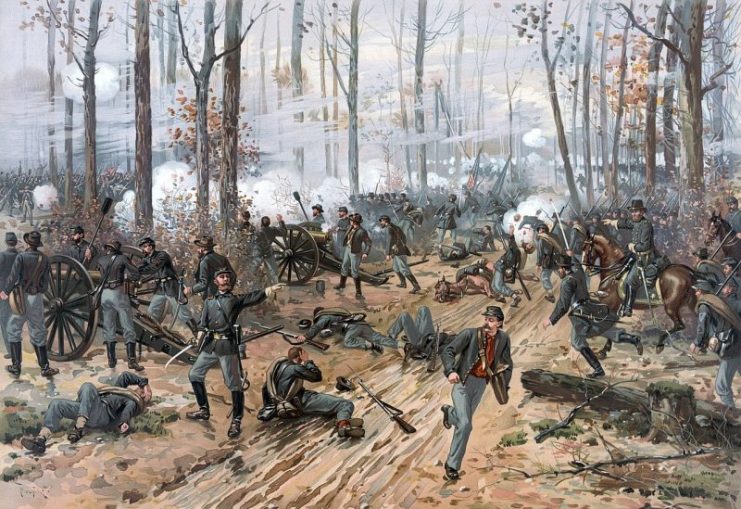
At the time neither the injured soldiers nor the doctors who were treating them understood why this was happening and for a long time it was one of the mysteries of the Civil War. There was, of course, a scientific explanation, but it took almost 140 years and the work of two high school science students to find out why.
The Battle Of Shiloh
Early in April 1862, the Battle of Shiloh was fought in southwestern Tennessee. It was a brutal battle with heavy losses on both sides, which left 3,000 soldiers dead and a further 16,000 wounded.
Besides the many who died on the battlefield, many more would die soon afterward of their injuries.
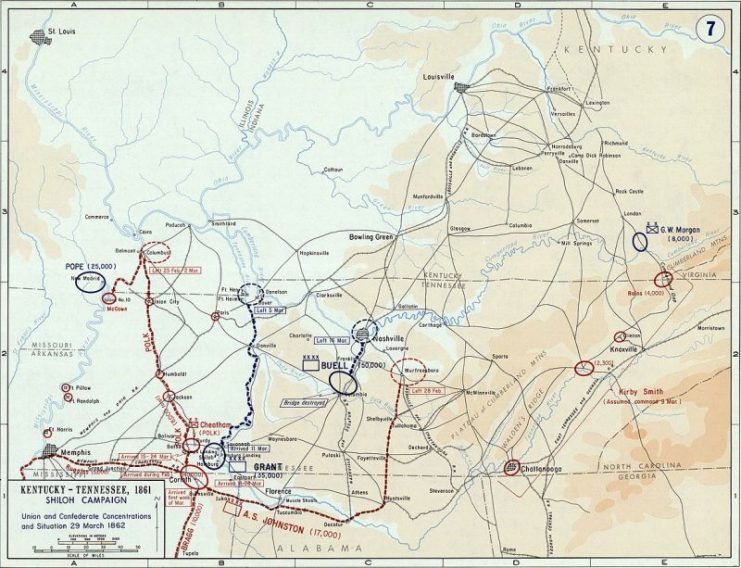
Medics struggled to do their best to look after the wounded but in the circumstances, there was often little they could do. The biggest cause of death was not the wound itself but the infection that could so easily set in as soldiers recovered in muddy fields and makeshift treatment stations.
https://youtu.be/mYpNz7bvB1g
The rainy, muddy battlefield created the perfect place for infection to spread. And as well as lack of resources, medical knowledge of the day lacked a real understanding of the nature of infection or how to treat it.
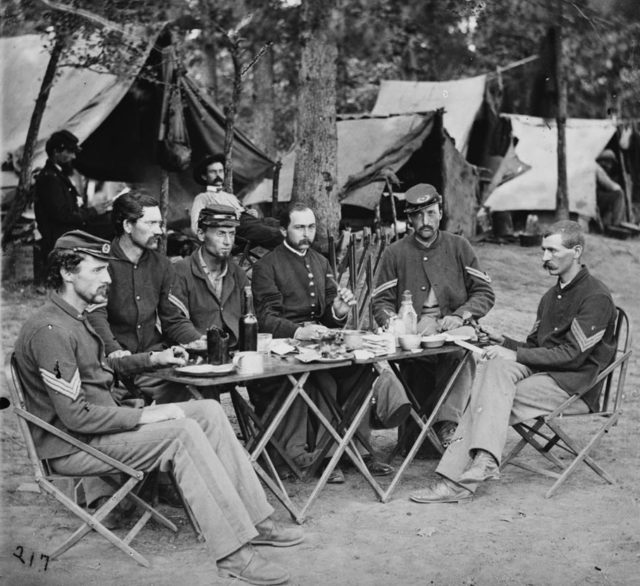
Glowing Wounds
But as the wounded waited to be transferred for treatment they began to notice something very strange. As night fell they saw that their wounds seemed to be glowing in the dark, giving off a gentle luminescence.
Although it may have been frightening, there was no need to be afraid. Doctors who were treating the wounded were surprised when they saw this happening. They also noticed that the men whose wounds glowed seemed to have a better recovery rate than the others. Whatever was causing the glowing light seemed to be protecting the soldiers from death, earning it the nickname “Angels’ Glow.”
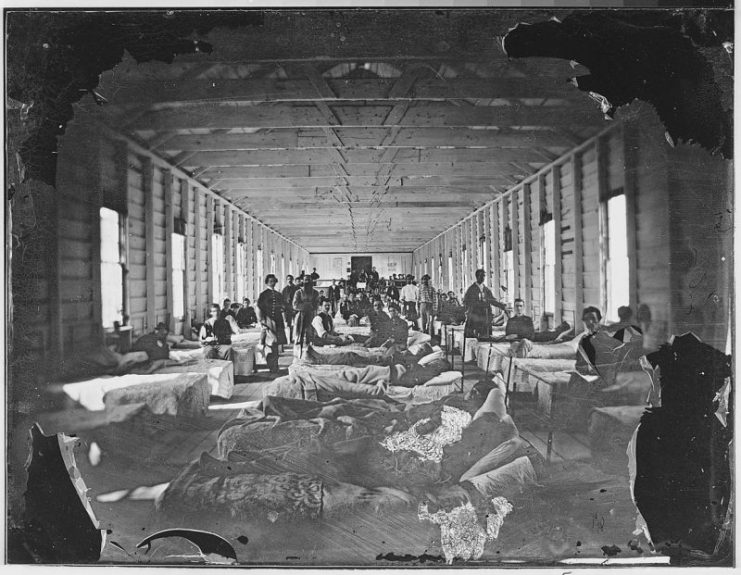
A Chance Discovery
Fast forward to 2001. Bill Martin, a 17-year-old senior high school student, had always been interested in science. His mom was a bacteriologist and he used to enjoy hearing about her work. At this time she happened to be studying luminescent bacteria and had talked to her son about her work.
That same year, Bill’s family made a trip to visit the site of the Battle of Shiloh. On that visit, Bill read all about the Angels’ Glow and he immediately started to make a connection. He asked his mom if she thought that the luminous bacteria she was studying could have been the cause of the Angels’ Glow.
Bill’s mom agreed that his theory was plausible and suggested he conduct an experiment to test it. Bill enlisted the help of his friend Jon Curtis, then 18, who was also a science enthusiast. They began to do some experiments to find out if Bill’s theory was correct.
The Science Behind It All
Bill and Jon first studied the conditions on the battlefield at the time of the Battle of Shiloh. They found that the cold, wet, and muddy fields would have made the perfect conditions for Photorhabdus luminescens (P. luminescens) to thrive.
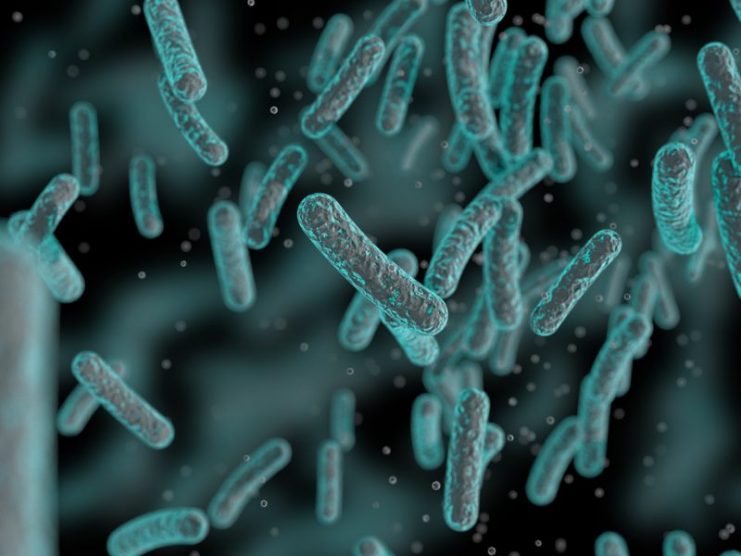
The P. luminescens is a luminous bacterium that lives in a parasitic worm called a nematode. When the nematode feeds on its host it vomits, and in doing so throws up some of the glowing bacteria living in its digestive tract.
So this part made sense, but one problem remained: the nematode does not normally live in the human body because the environment is too warm. However, at the time of the battle, the weather was quite cool and had been unusually rainy. There were reports of wounded soldiers being left for hours or even days in the cold wet mud.
In these conditions it is very likely that hypothermia would set in, causing body temperatures to fall. That, combined with the glowing light appearing in the evening as outdoor temperatures also dropped, would confirm their theory. The combination of wet muddy conditions allowed the nematode to thrive and therefore also made the wounded soldiers a suitable host for the parasite.
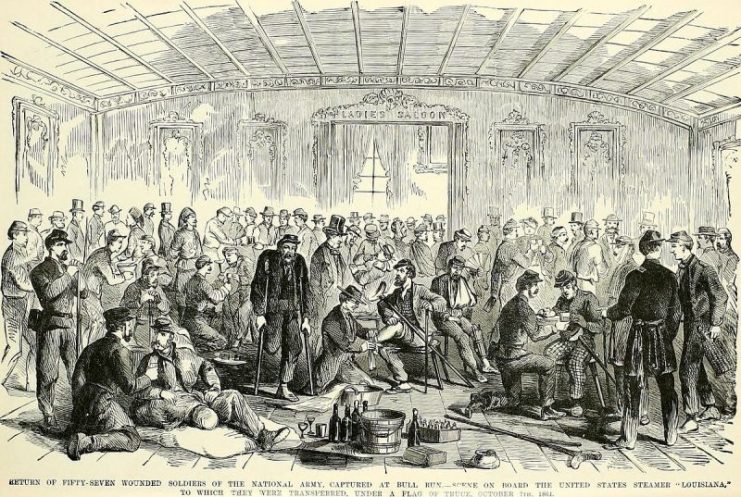
Protection From Infection
So now Bill and Jon had explained the presence of the bacteria in a place where you would not normally expect to find it – the human body. Next, they wanted to find out why the soldiers with the glowing wounds had better survival rates. They guessed that perhaps P. luminescens bacteria had some sort of medicinal properties.
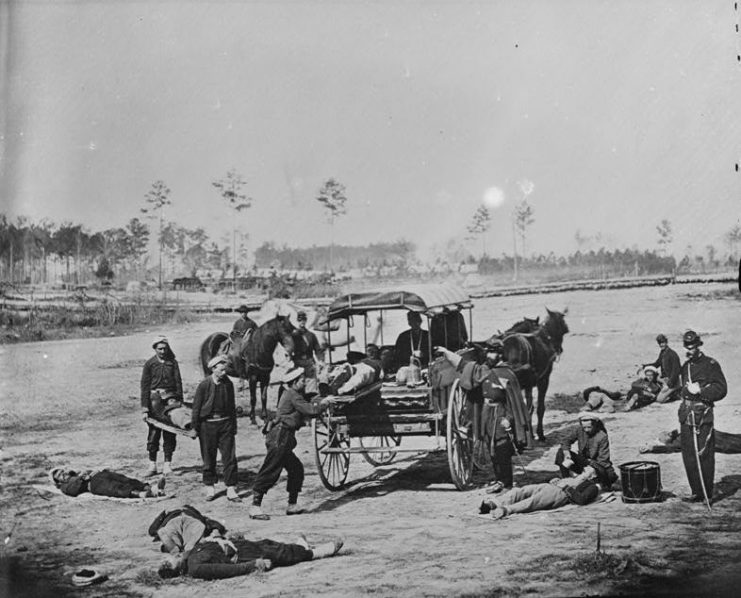
They discovered that the P. luminescens was not a harmful bacteria. In fact, it would kill off some of the other bacteria which would normally cause wounds to become infected and prevent them from healing. So these bacteria functioned in much the same way our modern antibiotics do.
This is something the medics of the time could not have understood because they had yet to understand the medical potential of bacteria, which is the basis of antibiotics and was not discovered until 1928, when Alexander Fleming developed penicillin. Had the medics at the time understood the process they might have tried to inoculate the other soldiers with the P. luminescens bacteria.
Read another story from us: Youngest Combat Casualty in the Civil War Fell at Antietam
As the result of their efforts, Bill and Jon got the chance to present their findings at an International Science and Engineering Fair in San Jose, California in May 2001. There they won the top prize for their research on discoveries.
Until this was discovered some historians thought that the stories of the glowing wounds were myths, but the logic of the young scientists’ discoveries make these stories much more believable.
